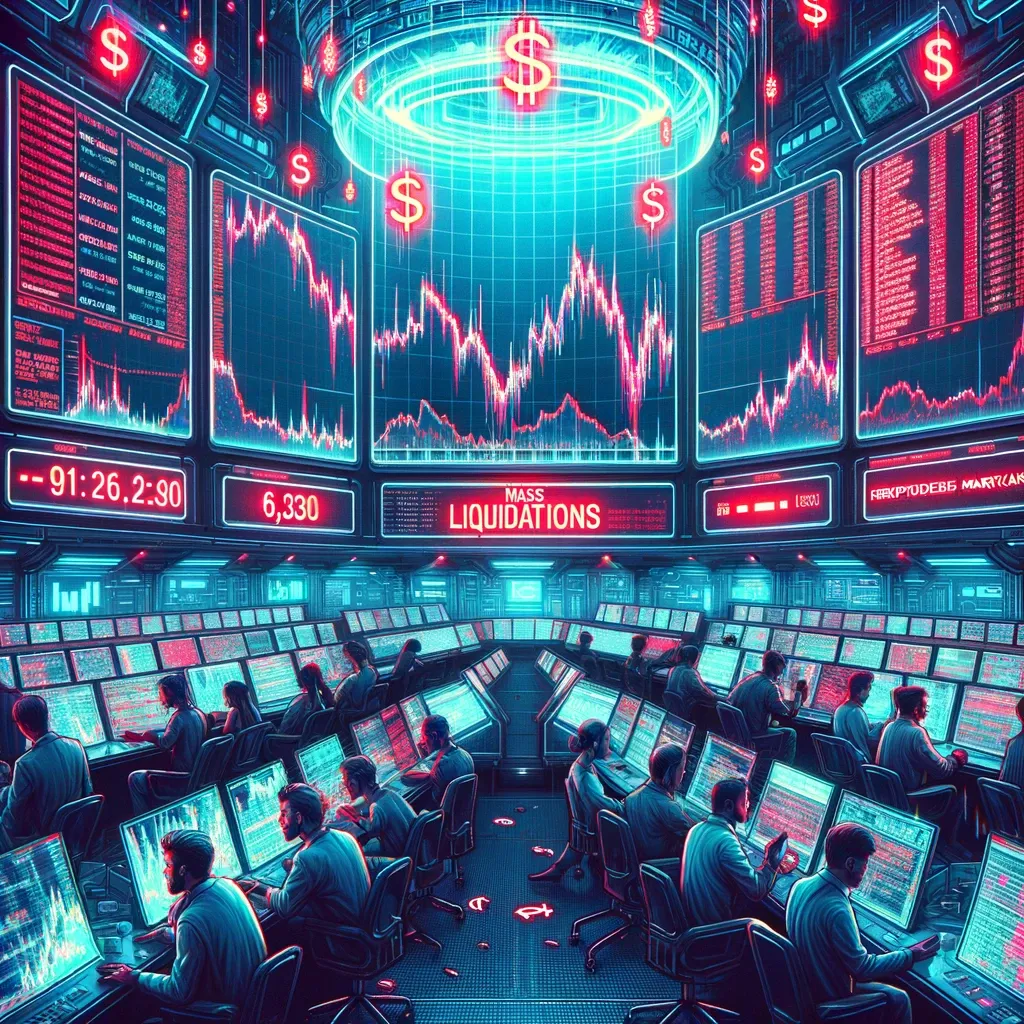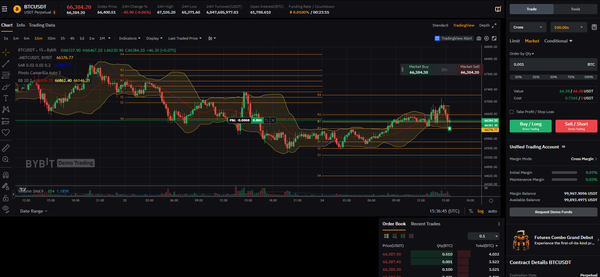Navigating the Waves of Crypto Perpetual Futures: Liquidations as a Strategic Tool

The perpetual futures market in cryptocurrency is a high-stakes environment where the perpetual motion of prices can lead to significant gains but also carries the risk of substantial losses, mainly through the mechanism of liquidation.
Liquidation: A Double-Edged Sword
Liquidation happens when a trader's position is closed forcibly because the market moved against them, and their margin no longer covers the potential loss. It's a safeguard for the market and the traders, but it can lead to rapid portfolio depletion.

Recent Market Dynamics
In the past 24 hours, the markets have seen 50,679 traders facing liquidation, totaling a staggering $153.45 million. This indicates not just volatility but also the presence of a multitude of traders with overextended positions being culled by the market.

How Traders Can Use Liquidation Data
Traders can leverage this liquidation data in several tactical ways:
- Market Sentiment Gauge: The predominance of either long or short liquidations can serve as an indicator of market sentiment, allowing traders to position themselves on the right side of the trend.
- Identifying Key Levels: Liquidation spikes often pinpoint key price levels that may act as future support or resistance.
- Contrarian Signals: A market leaning too heavily in one direction may signal an impending reversal if liquidations start triggering in mass.
- Momentum Plays: Following a liquidation-driven trend can be profitable, as long as traders are quick to act and manage risks effectively.
- Stop Order Strategy: By avoiding common liquidation levels with their stop orders, traders can prevent being caught in a wave of liquidations.
- Value Opportunities: Post-liquidation price drops might present buying opportunities for undervalued assets.
Specific Exchange Insights
Focusing on Binance, which saw $44.88 million in long liquidations and $30.65 million in short liquidations, it's clear that the exchange plays a significant role in the broader market dynamics, accounting for 49.22% of the liquidation volume.
Deciphering the Charts
The liquidation chart reveals that significant liquidation events often precede substantial price movements, providing astute traders with clues about potential momentum shifts.
Conclusion
Liquidation data offers a valuable lens through which traders can view the market. By understanding and acting on liquidation trends, traders can enhance their strategic decision-making. However, the volatility accompanying liquidations requires a disciplined approach to risk management. Knowing when to enter or exit a position in response to these events can be the difference between capitalizing on market movements and becoming another liquidation statistic.
It's essential for traders to stay up-to-date with the latest data and to incorporate a comprehensive risk management strategy to mitigate potential losses in this volatile market environment.




